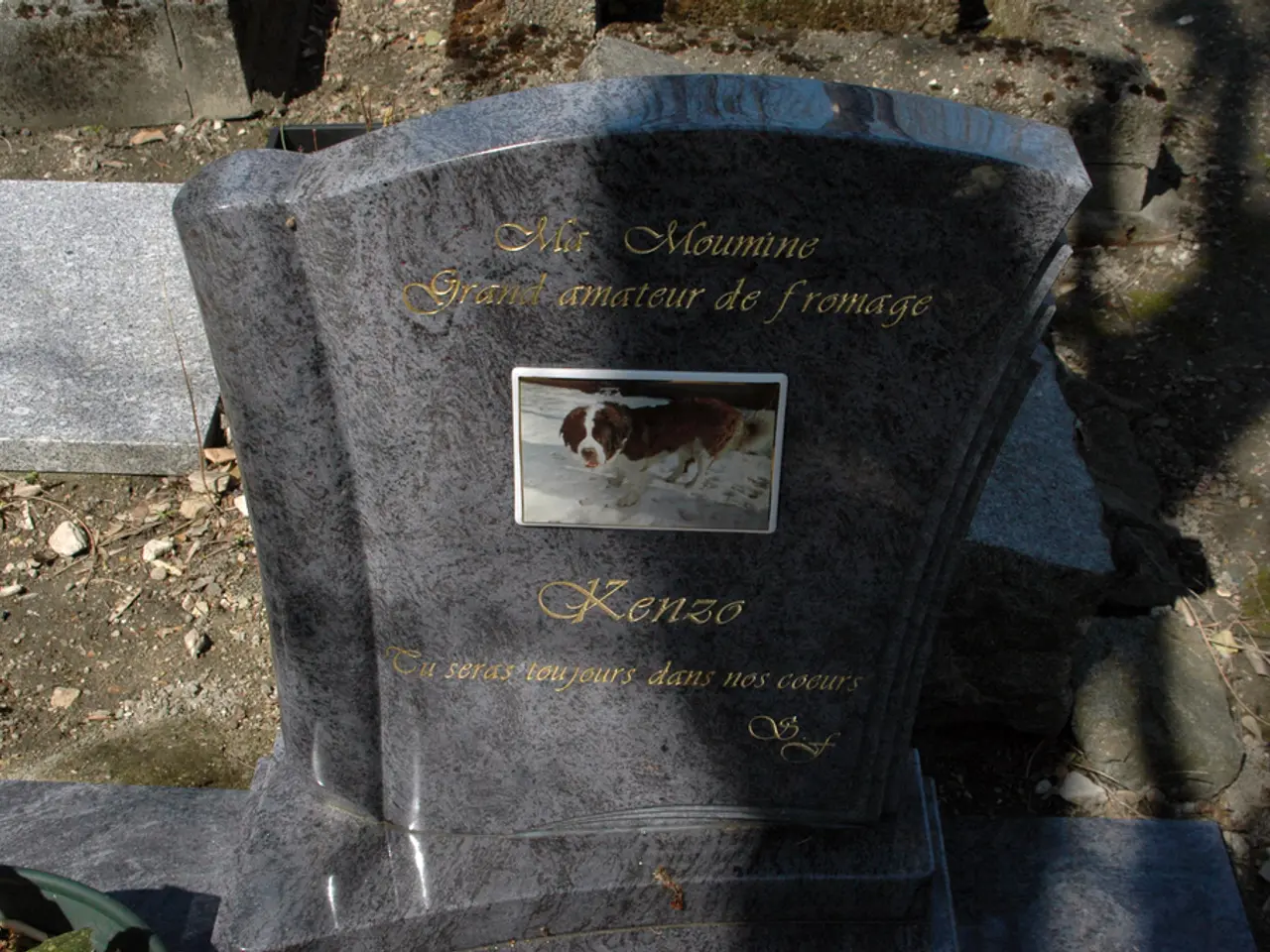Death of some patients could potentially feature a lingering state referred to as 'Twilight Consciousness', according to scientists. This suggests that the finality of death might be challenged.
In a groundbreaking study conducted at the University of Michigan, researchers have observed unexpected bursts of gamma waves in four coma patients during the weaning process from ventilation. These gamma waves, typically associated with near-death experiences, suggest that these neural processes may reflect awareness or consciousness at the edge of life, challenging traditional views on the nature of death and consciousness.
The activation was observed in areas tied to motion, speech, and the temporal-parietal junction, a region linked to integrating sensory information and often associated with out-of-body experiences. This discovery raises questions about the boundaries of life and death, and whether consciousness may not be entirely reducible to brain function, seriously challenging strictly materialist models of the mind.
The study, which involved the use of EEGs to monitor brain activity, showed that gamma brainwaves were observed in comatose patients whose ventilators had been withdrawn, synchronized with slower brain rhythms and showing strong connectivity across the brain. However, it's important to note that EEGs used outside research settings can miss subtle signals, and many deaths occur outside hospital settings where no brain monitoring is conducted.
Recent studies have challenged the standard reductionist model that consciousness simply ceases after death. Gamma-wave bursts, high-frequency electrical activity in the brain linked to memory and awareness, have been recorded even after death has occurred. These findings have sparked a global scientific re-assessment of what dying looks like, and the need for a more comprehensive understanding of the processes involved.
Not everyone is persuaded by these recent studies, arguing that they are far from conclusive. The debate surrounding the nature of consciousness and death continues, with many questions remaining unanswered.
Meanwhile, the case of Anthony 'TJ' Hoover II, a 36-year-old man who was declared brain dead in Kentucky but regained consciousness during organ donation procedures, has brought the issue to the forefront of public discourse. Hoover survived with long-term impairments to speech, memory, and mobility.
As we grapple with the complexities of death and consciousness, it's clear that a more nuanced understanding is needed. Stav Dimitropoulos, a Gold and Community Anthem Award-winning journalist, explores these mind-stretching angles where science meets philosophy in his debut nonfiction book, Slow, Lazy, Gluttons, set to be published in 2026 by Greystone Books.
In the face of uncertainty, Dimitropoulos' work challenges us to question our assumptions about death and to consider the implications for medical practice and organ donation. As he writes about consciousness, science, and culture for Popular Mechanics, Nature, and the BBC, Dimitropoulos invites us to join him in exploring the mysteries of life and death.
In light of these developments, it seems that death may not mean gone, and uncertainty could inform how surgeons assess the timing of organ donation. A bold solution suggested is having a camera inside a coffin, capturing any signs of life that may be missed during the traditional process of declaring death. As we continue to unravel the mysteries of death, such innovations may hold the key to a more compassionate and informed approach to end-of-life care.
Read also:
- Is it advisable to utilize your personal health insurance in a publicly-funded medical facility?
- Dietary strategies for IBS elimination: Aims and execution methods
- Benefits, suitable dosage, and safety considerations for utilizing pumpkin seed oil in treating an overactive bladder
- Harmful Medical Remedies: A Misguided Approach to Healing






